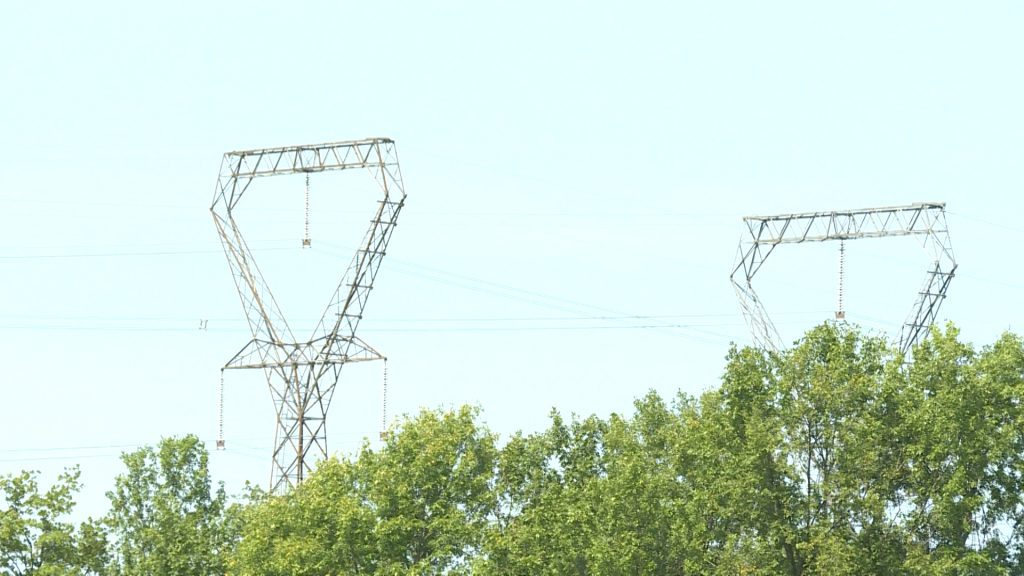After parliament revealed millions of dollars to provide mobile internet access to eight indigenous communities, advocates are saying there is lots left to do.
Wayne Kelly, director of the Rural Development Institute (RDI) said 99 per cent of urban Canadians have access to broadband meeting or surpassing Canada’s goal, but that number drops to 46 per cent in rural Manitoba, and to 26 per cent in the province’s First Nation communities.
“The target connectivity set up by the Government of Canada eight years ago was to have 50mbps download, 10mbps upload, and unlimited data,” he said.
Joel Templeman, executive director of the Internet Society Manitoba Chapter, said several factors result in rural and remote communities not getting that broadband. Among those factors are a lack of funding, the way broadband is regulated and owned, and telecommunications marketing models.
“Telecommunications is very much a competitive, commercial model,” he said. “But these communities need a community-based model, a co-operative model. These are areas that don’t have a market for multiple service providers to work in and be able to afford.”
Kelly said a part of this issue is the geographic span of Canada.
“There’s so much distance to cover in rural areas, and there’s so few people in some of those rural spaces. That creates a market challenge, and often a market failure. There’s just not enough to drive that demand or to make it a profitable exercise for for-profit companies to deliver that broadband.” he said.
With a lack of providers, Kelly said some communities have taken it upon themselves to build their own connectivity solutions. “That’s no small feat for a small community or small region (to) deal with market issues to build their capacity and get funding to build this kind of project out.”
Kelly and Templeman say challenges to connectivity in rural and remote areas must be overcome.
“Things are just moving (online), right? Government services, the things that we use every day, are moving more and more online,” Templeman said. “That lack of access and the impact of that access or disconnection, is growing because more and more things that we need are moving online.”
“Mobility is very necessary for connectivity, keeping in touch with people, and for safety,” he said.
He worries the most recent announcement by parliament “scratches an itch, and this will go away for a while because this is not a permanent solution. This will not bring them up to a standard that is usable, and that we are comfortable with, and expect, in an urban environment,” he said.
Kelly said it’s not just about connectivity, though.
“Connectivity is really just the start of that digital journey. I think we really need to understand that rural, northern and remote communities need support and guidance on ‘What do you do once you get connected?'”
He said, “If you’re playing catch up on 10 years or more, there’s a lot of capacity building that’s needed, and culture in terms of culture of innovation and culture of use.”
“If the connectivity exists, that considers you served,” Templeman said. “But the access to devices, the appropriate devices for what you’re doing, and the digital skills that are needed to navigate the internet and do so safely–those are all layers that need to be looked at and need to be addressed.”
Templeman likened it to driving.
“Owning a car in the driveway is different from having a driver’s license and being able to actually go somewhere,” he stated.
Templeman and Kelly mentioned there is progress in connectivity, and they are pleased with Canada’s latest announcement, but it’s time to reassess.
“We need to go back to the drawing board and examine the way we regulate (connectivity), the way we fund it, the way we support it, and who controls it,” Templeman expressed.
RDI and the Internet Society Manitoba Chapter are presently collaborating on a project called ConnectedMB to “explore the experiences and stories of community broadband projects across the province,” Kelly explained.
The goal is to analyze the context, difficulties and achievements of those experiences “so that we better comprehend the realities of connecting Manitoba’s underserved rural areas,” he explained.
He mentioned the project will begin releasing podcast episodes soon to educate other Manitobans on the issue.




